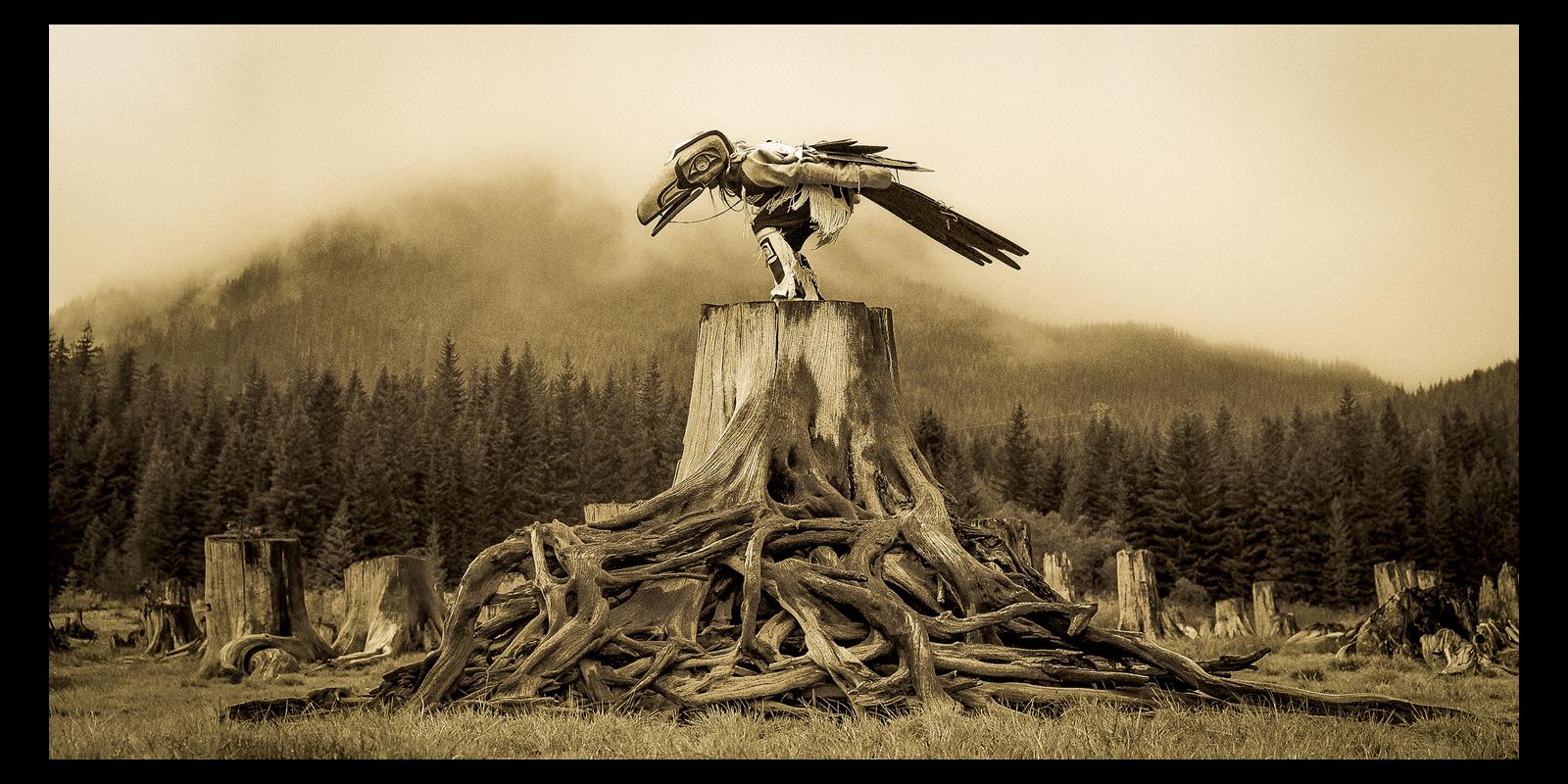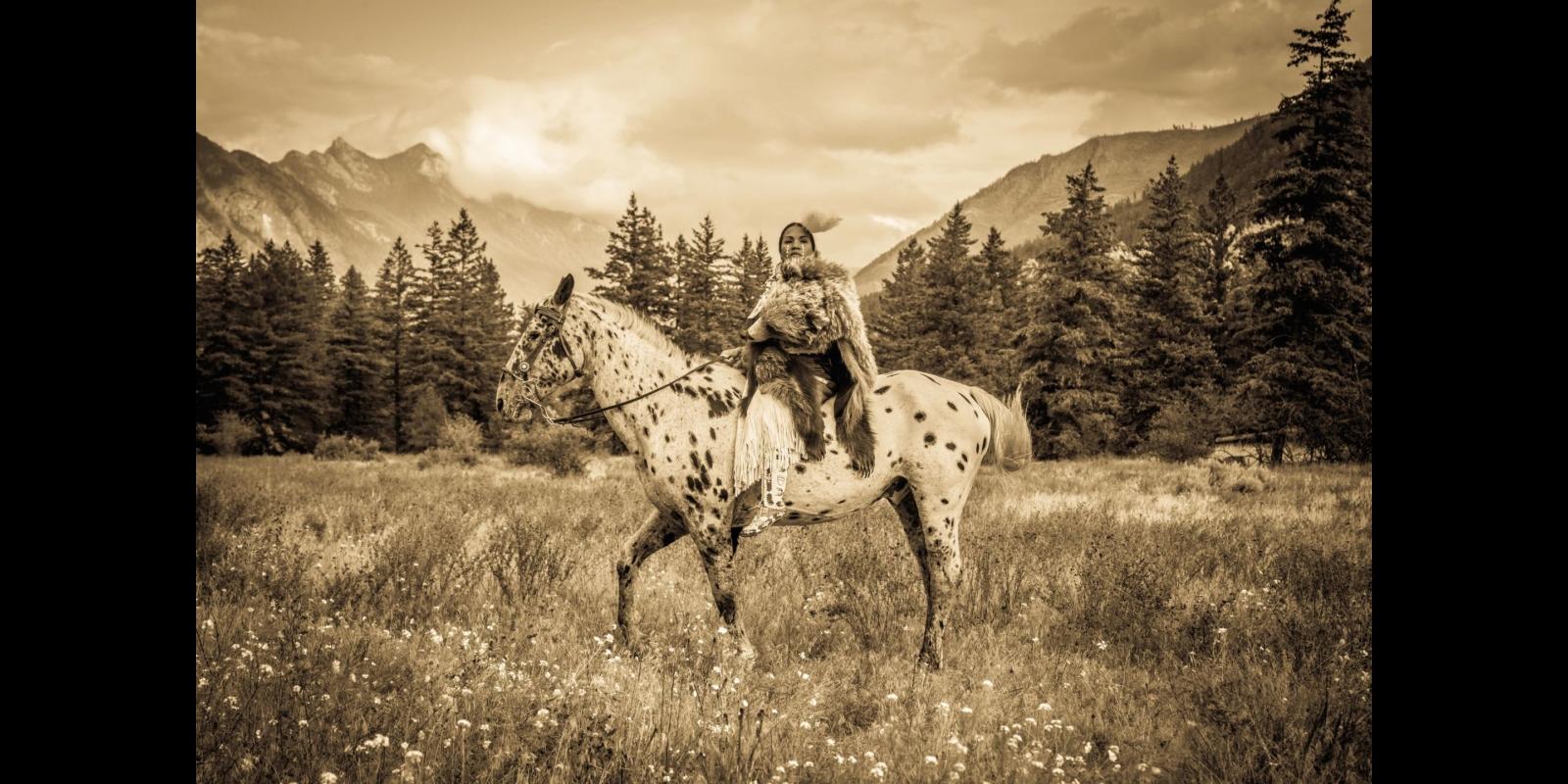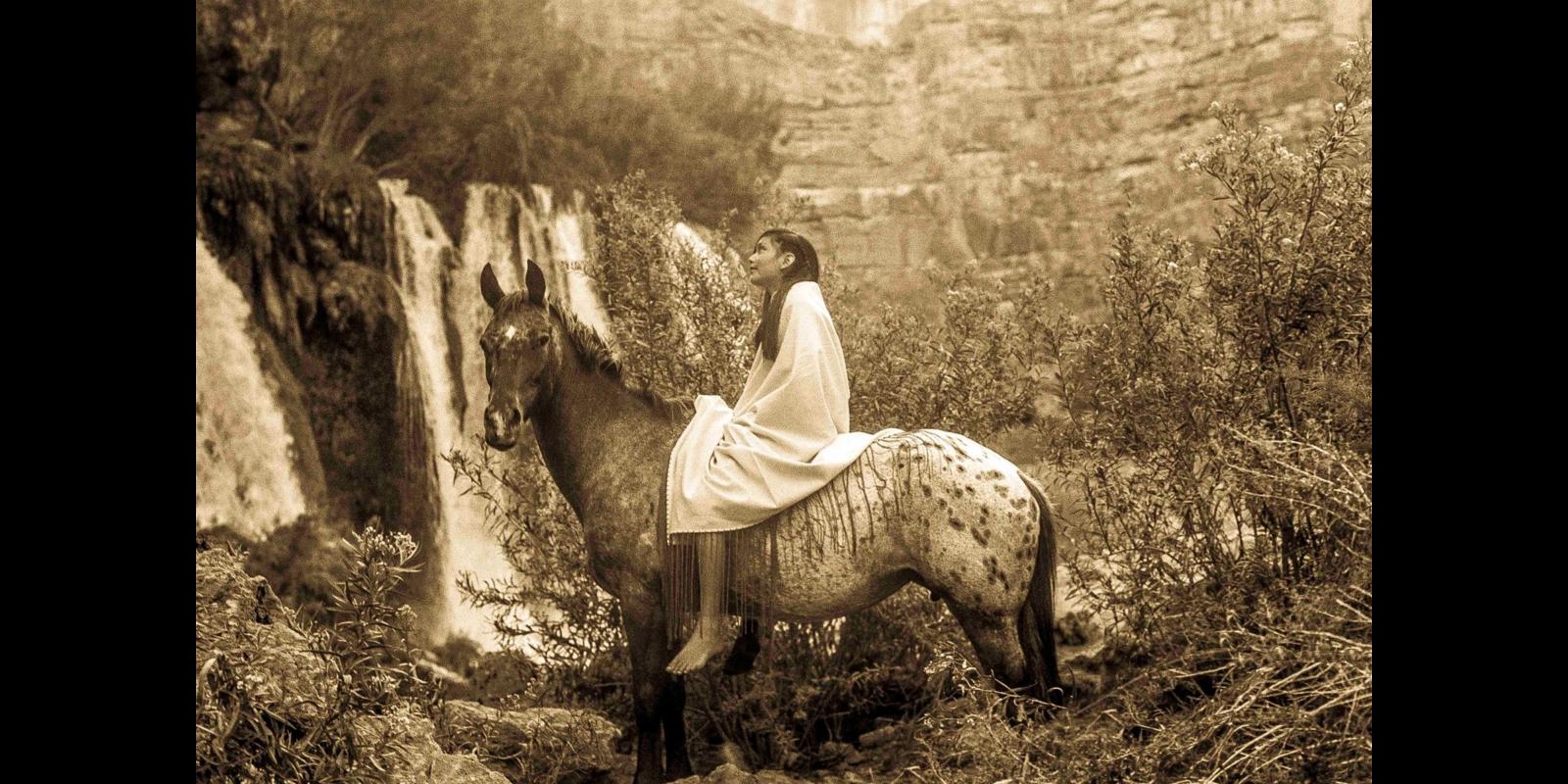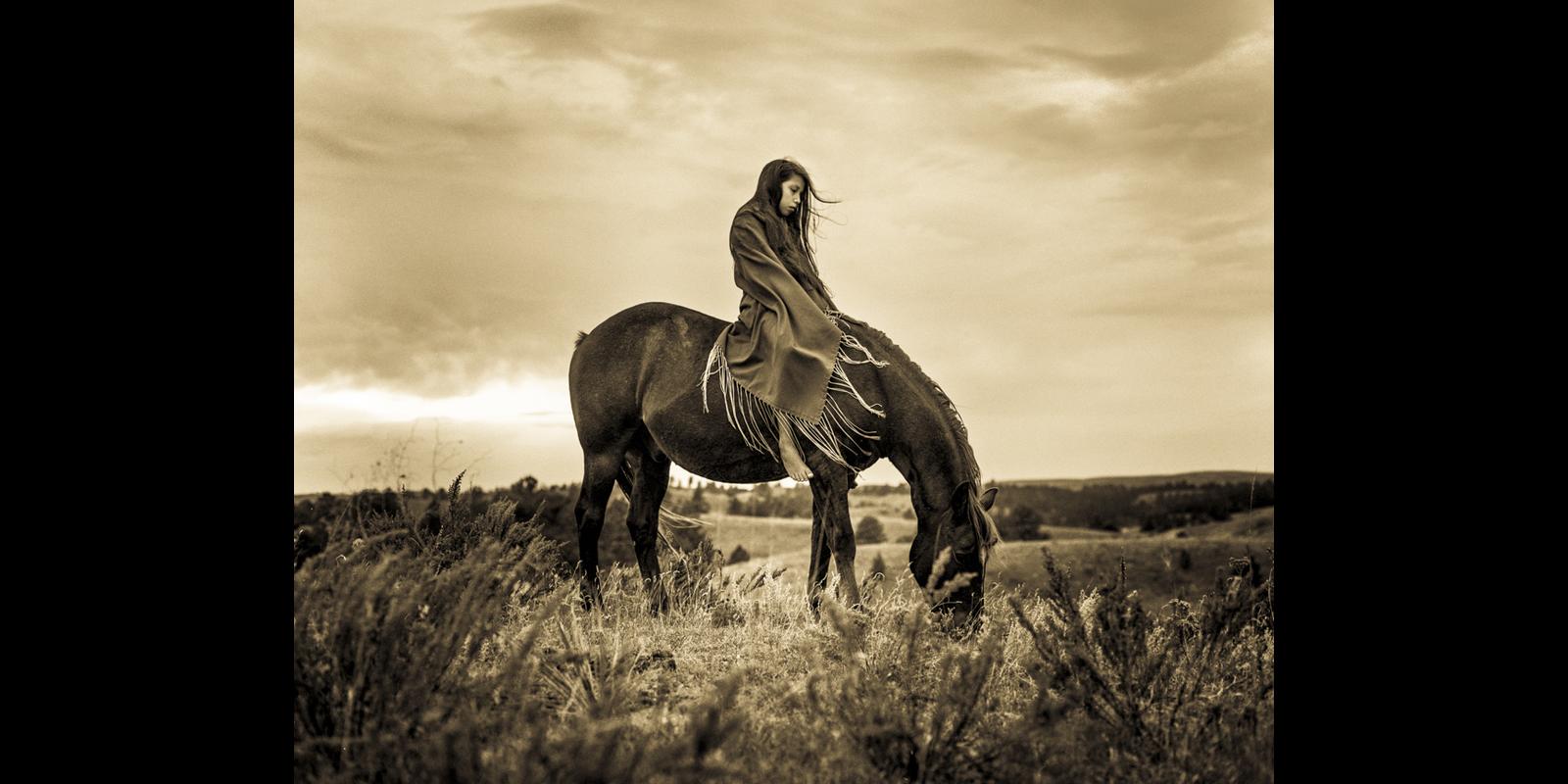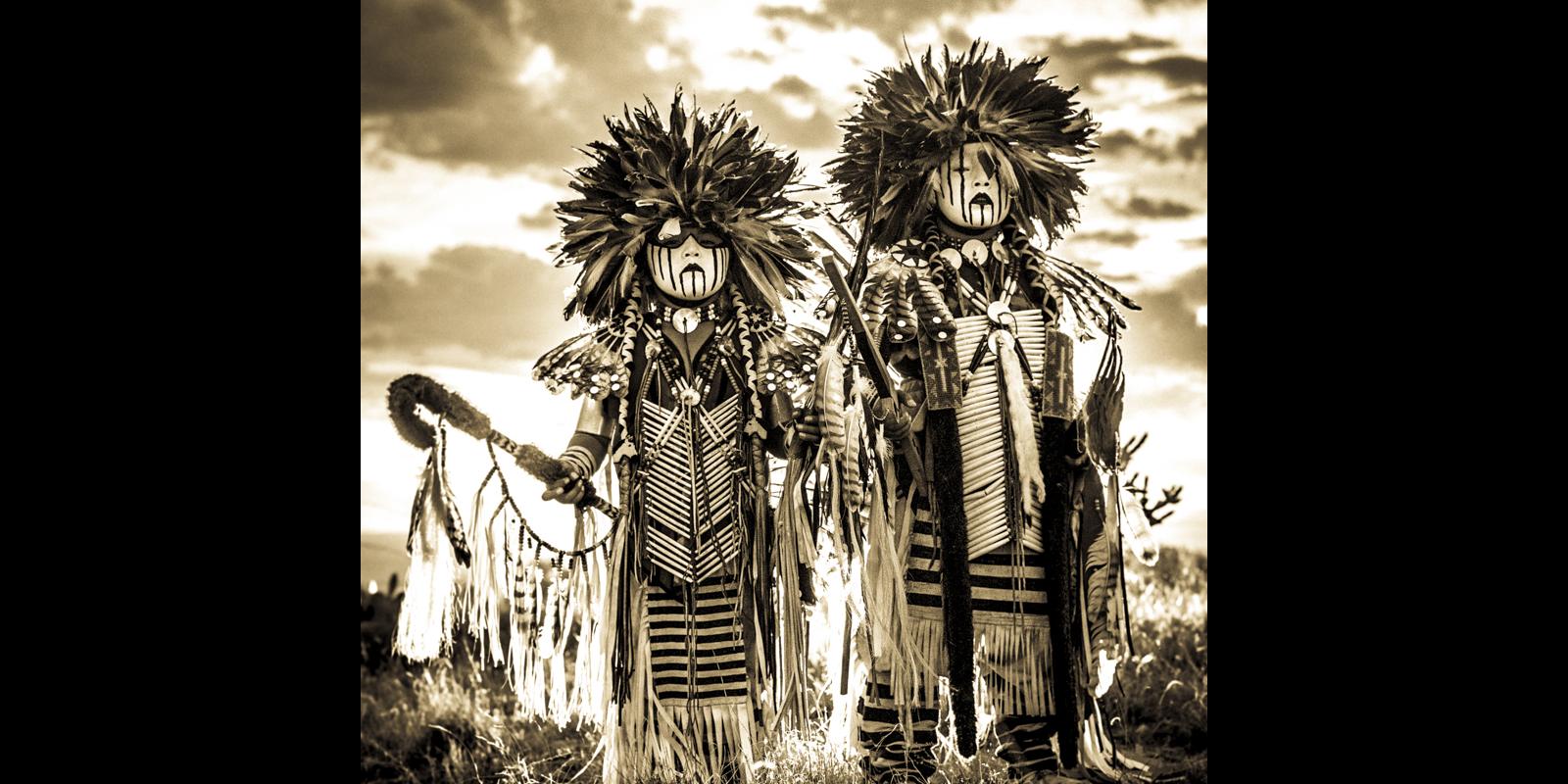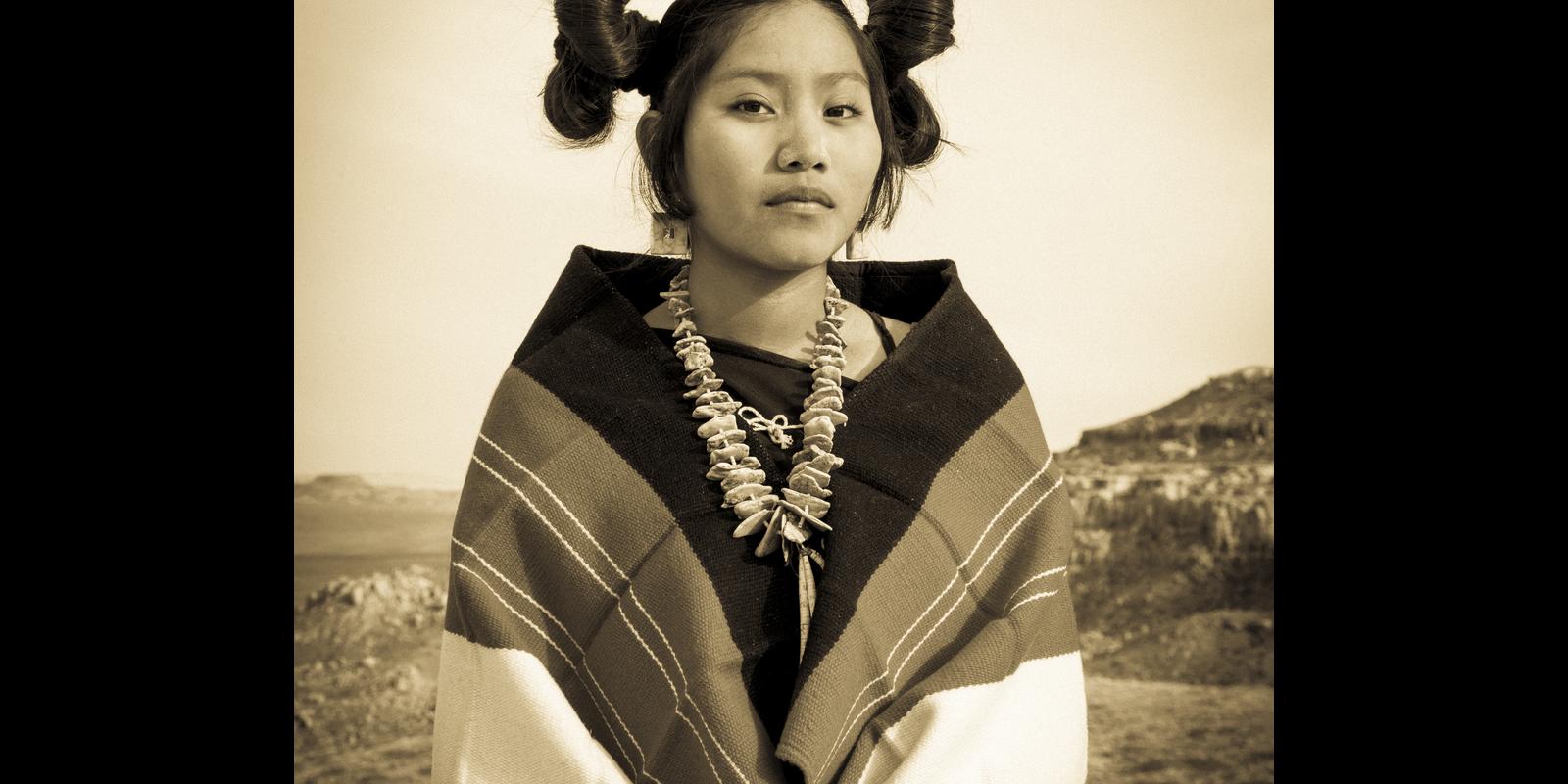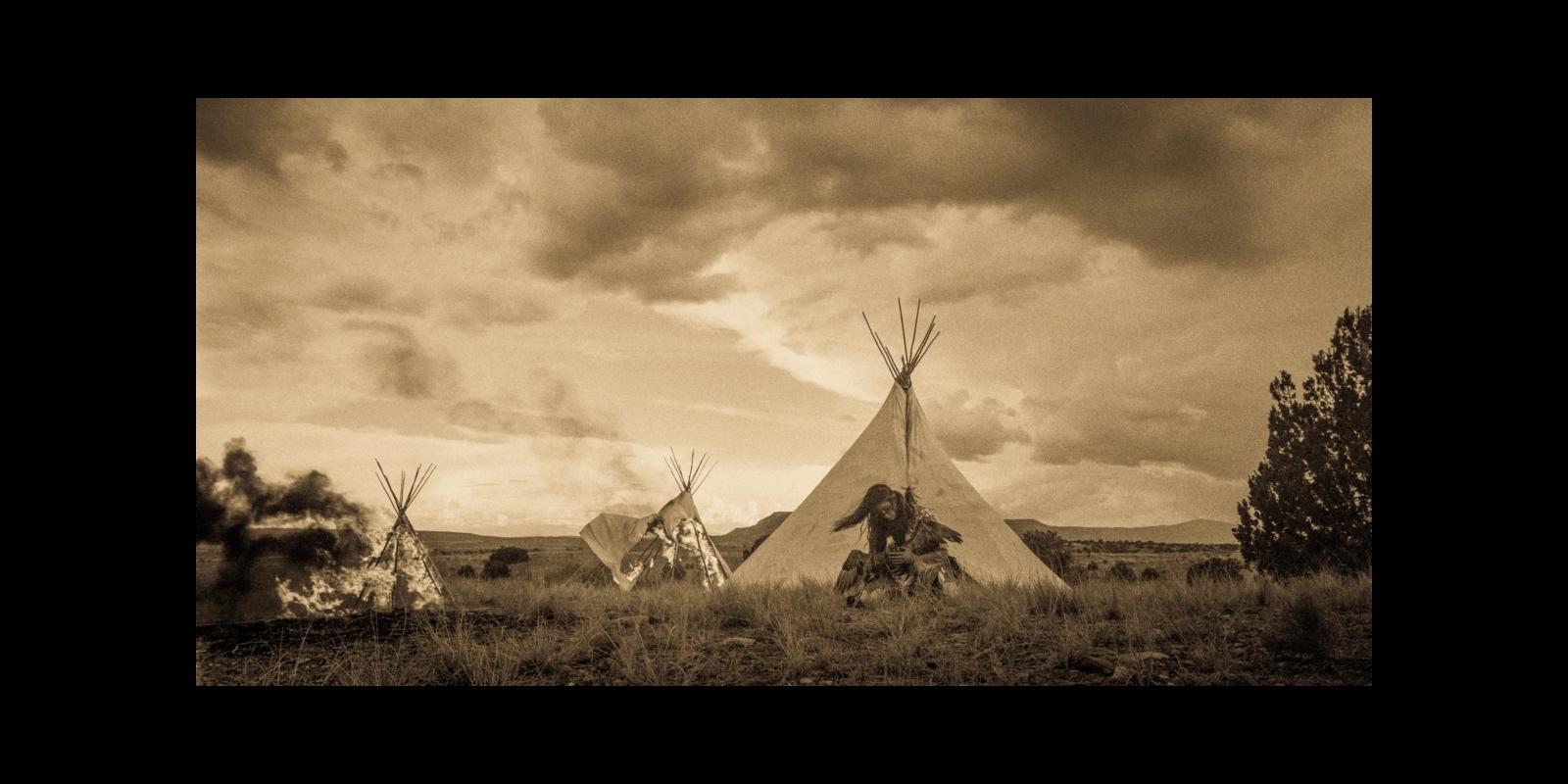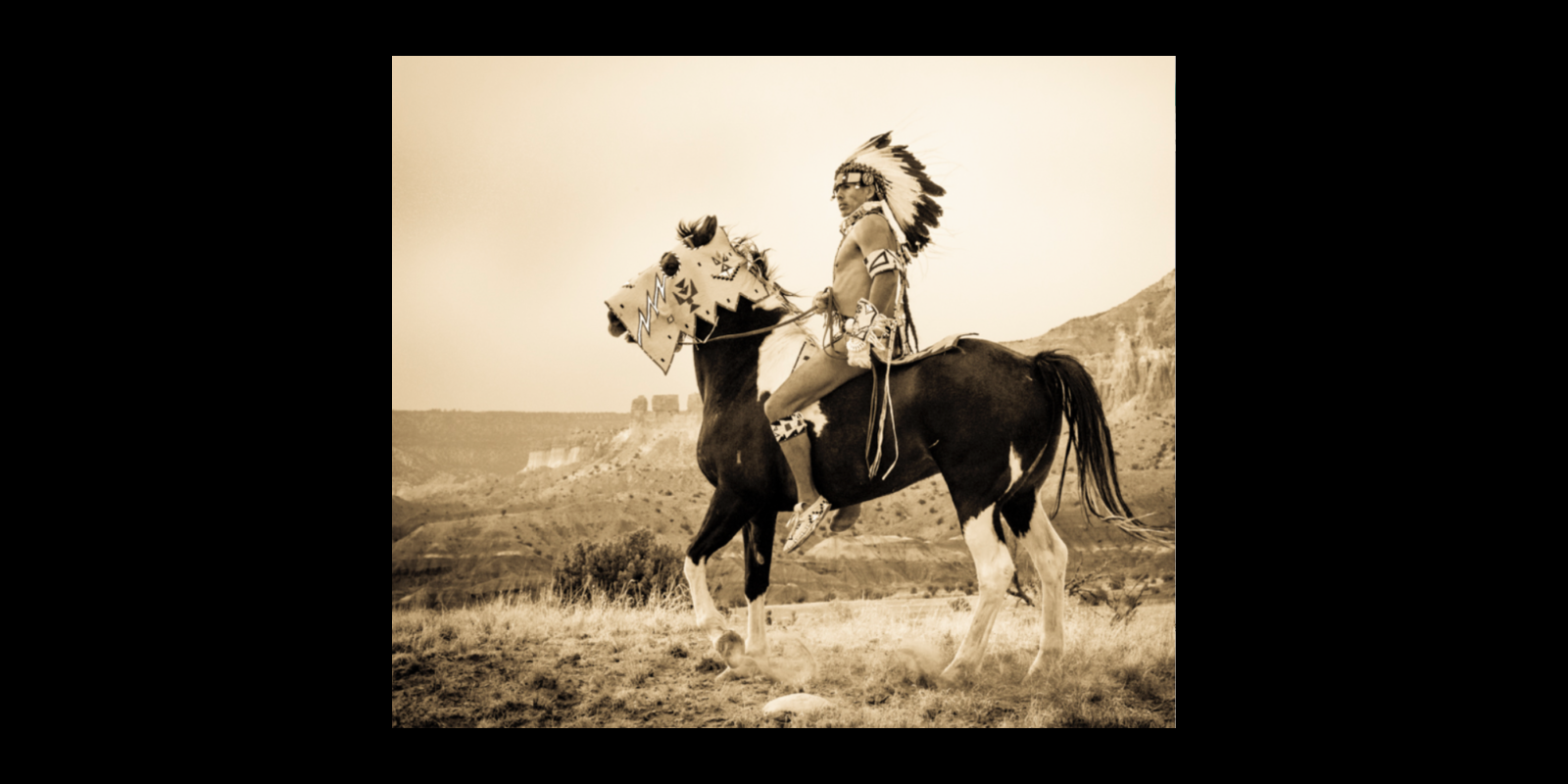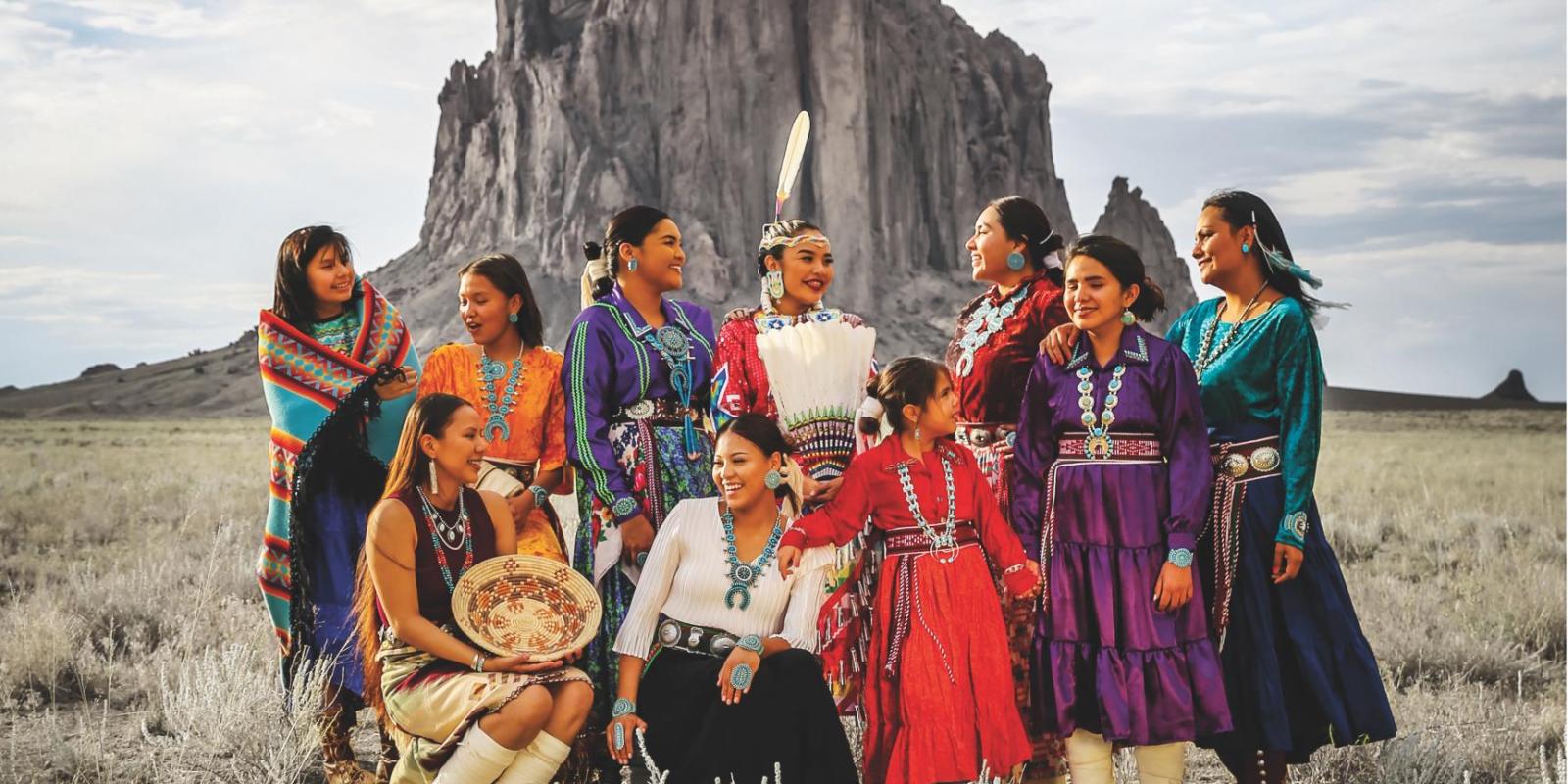Zoë Marieh Urness is an acclaimed Indigenous American photographer whose heritage spans both the Tlingit nation of Alaska and the Cherokee people. Her work stands as a powerful contemporary declaration of Native American presence and cultural vitality, encapsulated in her driving message: "We are here. And, through our traditions, we are thriving."
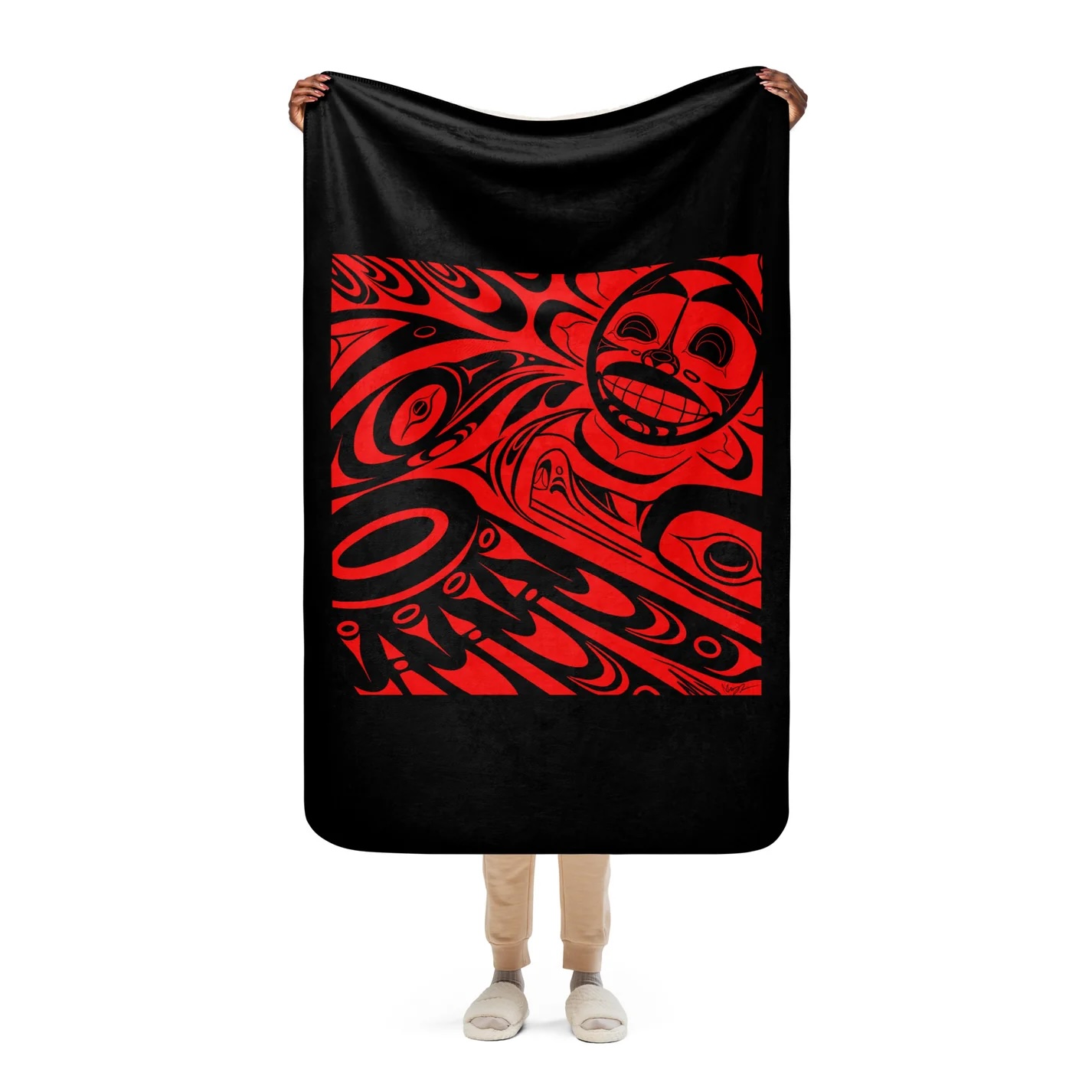 Urness's artistic approach uniquely bridges multiple worlds. Her photography masterfully fuses documentary precision with fine art aesthetics, creating portraits that capture Indigenous people in traditional regalia and settings while highlighting their modern presence. This distinctive style allows her to convey both the intimate vulnerability and ancestral resilience of her subjects, resulting in images that serve as both artistic works and cultural documents.
Urness's artistic approach uniquely bridges multiple worlds. Her photography masterfully fuses documentary precision with fine art aesthetics, creating portraits that capture Indigenous people in traditional regalia and settings while highlighting their modern presence. This distinctive style allows her to convey both the intimate vulnerability and ancestral resilience of her subjects, resulting in images that serve as both artistic works and cultural documents.
Her formative years were deeply influenced by her mixed heritage, with strong emphasis placed on cultural pride and traditional values. This foundation would later become instrumental in shaping her artistic vision. She received her formal photography education at the prestigious Brooks Institute of Photography in Santa Barbara, California, where she developed the technical expertise to complement her cultural understanding.
The Standing Rock protests of 2016 marked a pivotal moment in Urness's artistic journey. As a Native photographer documenting the spiritual movement at the Dakota Access Pipeline protests, she found herself not just capturing history but experiencing a profound personal transformation. She reflects on this experience: "As a native photographer from the Tlingit & Cherokee tribes, being able to witness history unfold in an array of events only predicated through prophesy has left me Forever Changed and reunited with my cultural roots instilled in me as a child." Her documentation of the December 5th, 2016 veterans' march at Oceti Sakowin Camp near the Standing Rock Sioux Reservation stands as a testament to this transformative period.
 This seasoned photographer's current work encompasses an ambitious documentary project focused on Indigenous Americans across the country. Her lens has captured intimate moments across diverse tribal nations, including:
This seasoned photographer's current work encompasses an ambitious documentary project focused on Indigenous Americans across the country. Her lens has captured intimate moments across diverse tribal nations, including:
- The Havasupai people in their homeland at the bottom of the Grand Canyon
- The Hopi community at Second Mesa
- The Apache Crown Dancers performing their sacred traditions at Monument Valley
- Alaska Native gatherings during the significant biennial Celebration in Juneau
Her work has gained international recognition, with exhibitions spanning multiple prestigious venues:
- International showings in the United Kingdom
- Featured presentations at Photo L.A.
- Exhibitions at Art Basel Miami
- Displays at the culturally significant Heard Market in Arizona
- Showcases at Native Treasures in Santa Fe
At the renowned Santa Fe Indian Market, Urness has distinguished herself with remarkable achievements during her two appearances, securing three blue ribbons including both Best in Division and Best in Category. Her recent work "Keeping Traditions Alive" received special recognition from the Autry Museum as the best in her division, further cementing her status as a leading voice in contemporary Native American photography.
Reflecting on her artistic mission, Urness shares, "I was raised to have pride in my culture and to know the importance of keeping Native American traditions alive. I feel deeply connected to my native heritage, and my recent body of work is the first phase of my expression of that connection." This statement underscores how her photography serves not just as art, but as a vital bridge between traditional cultural preservation and contemporary Indigenous identity.
Through her lens, Urness continues to document the living heritage of Native American communities, creating visual narratives that challenge stereotypes and showcase the vibrant, ongoing presence of Indigenous cultures in modern America. Her work stands as both artistic achievement and cultural documentation, helping to ensure that Native American traditions and stories continue to be told through authentic Indigenous perspectives.
The LIFT Project: The Eternal Village and the Chilkat River
Through intimate photographic documentation, this exhibition by Urness delves deep into the ancient and enduring relationship between the Chilkat Tlingit people of Klukwan and their sacred Chilkat River - a connection that has sustained their community for millennia. At the heart of Klukwan's remarkable longevity lies a profound spiritual and cultural reverence for the land, expressed through intricate ceremonial practices, rich oral traditions, and masterful artistic expressions including the renowned Chilkat weaving tradition.
The village's relationship with the river extends beyond mere sustenance - it is woven into the very fabric of Tlingit identity through:
- Traditional fishing practices passed down through generations
- Sacred ceremonies marking seasonal changes and salmon runs
- Creation stories that connect the people to the river's spirit
- Material culture derived from riverside resources
- Ancient clan houses that have stood watching over the waters
However, this delicate balance now faces unprecedented challenges from modern resource extraction projects near the river's headwaters. Mining operations threaten not only the pristine watershed but also risk disrupting the salmon runs that have been central to Klukwan's cultural practices and food sovereignty for thousands of years.
This traveling exhibition, moving between visitor centers throughout Alaska and beyond, serves dual purposes: to celebrate the remarkable resilience and living traditions of the Chilkat Tlingit people, while also raising urgent awareness about environmental threats to their way of life. Through compelling visual storytelling, the project aims to inspire concrete action to protect both the Chilkat River ecosystem and Klukwan's irreplaceable cultural heritage.
The photographs document both the timeless rhythms of village life and the contemporary challenges facing the community, creating a powerful narrative about indigenous sovereignty, environmental stewardship, and the vital importance of preserving living cultural traditions for future generations.
I continue to use my camera as a tool to link the past and present by photographing subjects with connection to the land and traditions.”
– Zoë Urness (Tlingit Alaskan Native)
